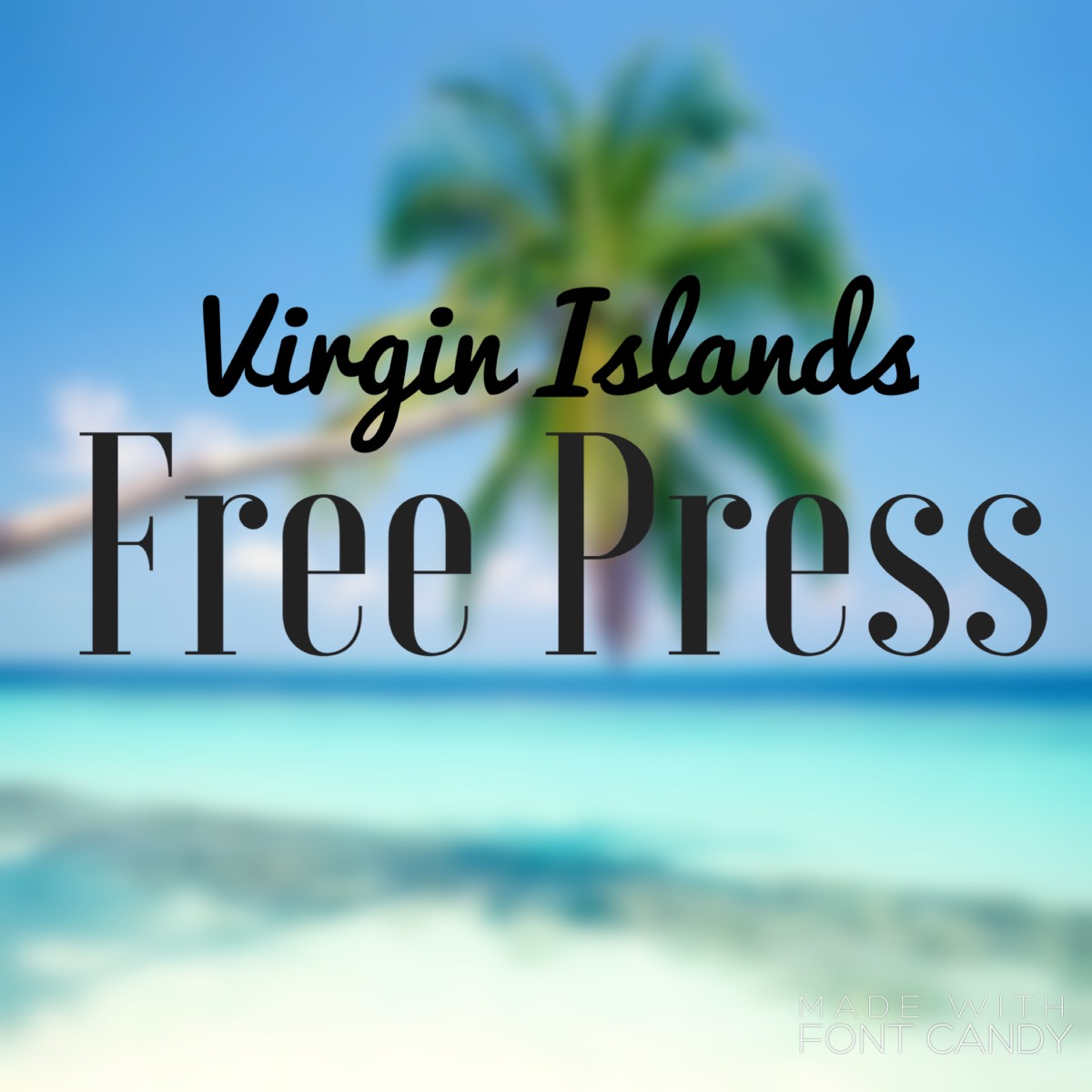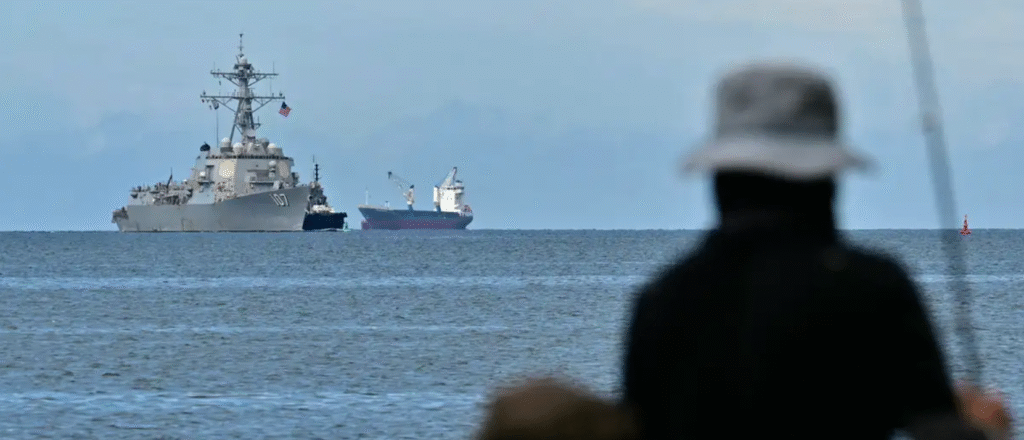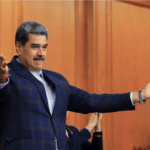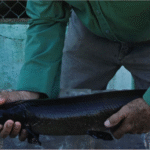The US has used claims of a ‘war on drugs’ to justify its attacks, which have resulted in 83 deaths that the UN has called extrajudicial executions
Amid growing tensions between Washington and Caracas, the US has gathered its largest military presence in the Caribbean since the 1989 invasion of Panama.
Donald Trump’s administration has steadily increased pressure on Venezuela’s leader, Nicolás Maduro, accusing him of running the “Cartel of the Suns” drug-trafficking organization, and placing a $50m bounty on his head.
The US leader has been opaque about his intentions and Trump says he is keeping all options on the table – from a military intervention to a negotiated exit for Maduro.
US officials in Washington DC have briefed that a “new phase” in the operation was about to begin, and on Saturday several international airlines cancelled flights to and from Venezuela after the US Federal Aviation Administration urged civilian aircraft to “exercise caution” due to the “worsening security situation and heightened military activity” in or around the country.
On Monday, the US state department’s designation of the Cartel de los Soles as a terrorist organisation is set to take effect.
In a statement on Monday, the Venezuelan military rejected the allegations against Maduro as a “vile lie to justify an illegitimate and illegal intervention in Venezuela.”
Experts say such a group does not exist as a cartel in the traditional sense; instead, the term is used as a catch-all for the way Maduro has allowed criminal networks to operate in order to stay in power.
Still, some believe that classifying Maduro’s regime as a terrorist organisation could provide a degree of legal cover for a US attack.
Deadly airstrikes
For weeks, the US has used the so-called “war on drugs” to justify its escalating military presence in the region. Trump’s campaign began in September, when the US military struck a small open boat allegedly carrying drugs, killing eleven people.
Since then, at least 21 more vessels in the Caribbean and Pacific have been hit, killing 83 people – attacks the United Nations and other humanitarian organisations have described as extrajudicial executions.
The US has failed to provide any evidence that the targeted vessels were actually carrying drugs, and legal experts say that even if they were, they did not pose an immediate threat. The only two survivors of the attacks were returned to their home countries, Ecuador and Colombia, where they have not faced charges as the US has not provided evidence against them.
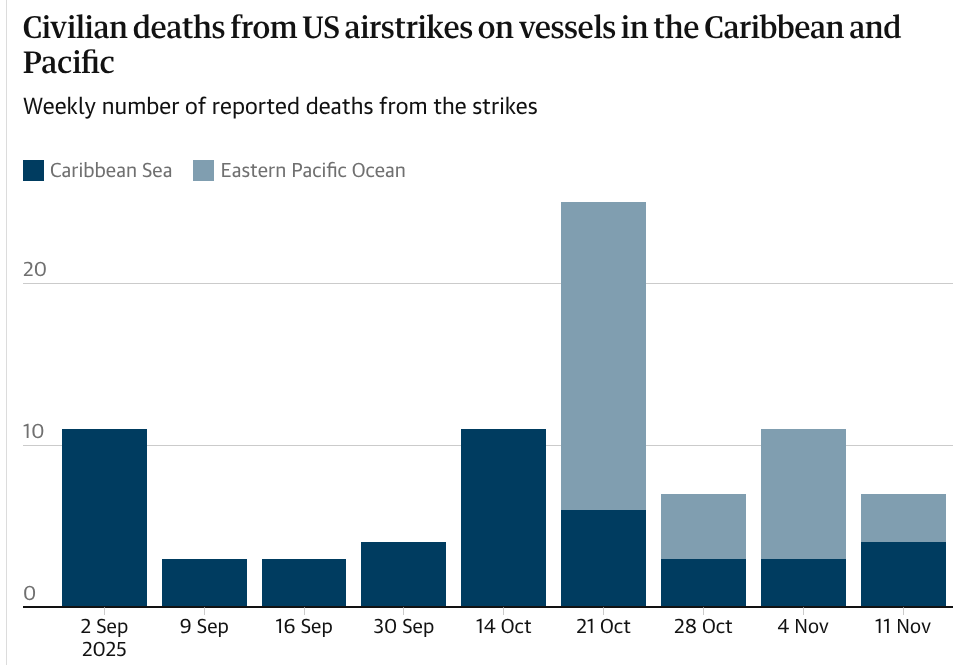
Is Venezuela a major trafficking drug route to the US?
A 2020 report by the US Drug Enforcement Administration (DEA) estimated that 74% of the cocaine reaching the US arrived via the Pacific, and only 8% came on fast boats from the Caribbean islands.
However, Venezuela is considered a transit country for some cocaine destined mostly for Europe, and originating in neighboring Colombia.
Main cocaine trafficking routes by water

Trump has also claimed that the targeted boats were “stacked up … with fentanyl”, but that drug is neither produced nor significantly consumed in South America and is instead mainly manufactured in Mexico using chemical precursors imported from Asian countries, including China.
The arsenal at Maduro’s doorstep
Before the recent military buildup, the US Navy already had warships and Coast Guard vessels in the region, according to the Center for Strategic and International Studies.
The surge of forces began in August with the arrival of the Iwo Jima Amphibious Ready Group, a formation that includes an amphibious assault ship and two amphibious transport dock ships.
In October, the Pentagon announced it would also deploy the USS Gerald R Ford, the world’s newest and largest aircraft carrier, which arrived in the Caribbean on 11 November with more than 4,000 sailors, tactical fighter jets and accompanying warships.

US military bases and local allies
The US has military bases in Puerto Rico, Honduras and Cuba.
In El Salvador, Aruba and Curaçao, the US maintains Cooperative Security Locations (CSLs), surveillance hubs at local airports traditionally used for counterterrorism and drug-trafficking interdiction training.
The CSLs in Aruba and Curaçao are the closest to the Venezuelan coast, though their use for any attack would, in theory, require authorisation from the Netherlands.
US military bases in the Caribbean
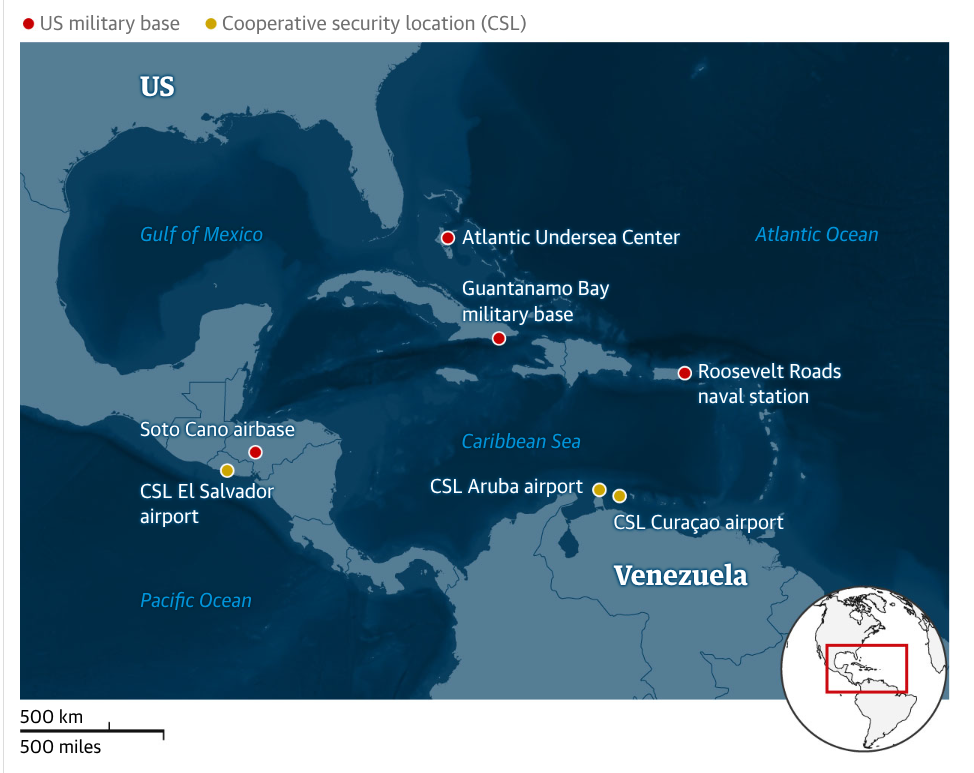
In Puerto Rico, satellite images show that the US Roosevelt Road naval station – a former Cold War base closed in 2004 – is undergoing upgrades, with the resurfacing and expansion of its taxiways. US Marines have been carrying out exercises there since August.
Work underway on the runways at Roosevelt Road naval base in Puerto Rico


Personnel deployment
As with the warships, US military personnel were already present in the region, with about 2,000 stationed at military bases.
The two main surges came with the arrival of the Iwo Jima and the USS Gerald R Ford, bringing the total to an estimated 12,700 troops – a figure analysts consider insufficient for a ground invasion, which would require between 50,000 and 150,000 soldiers.
Many analysts believe that if the US takes any further action, it would most likely begin with airstrikes on specific facilities belonging to the regime or criminal gangs.
Military personnel deployed to the region
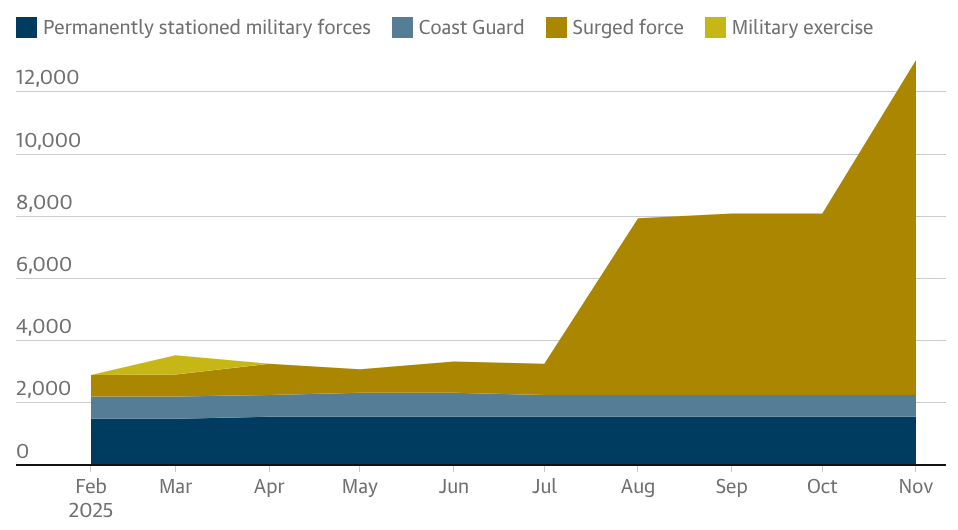
Location of US Navy ships
Most US naval ships cannot be tracked because their transponders can be turned off during exercises or operations. But their locations at recent times could be determined from monitoring data by the ship-tracking and maritime analytics firm MarineTraffic, reported sightings, and US Navy press releases.
Reported US naval presence in the Caribbean
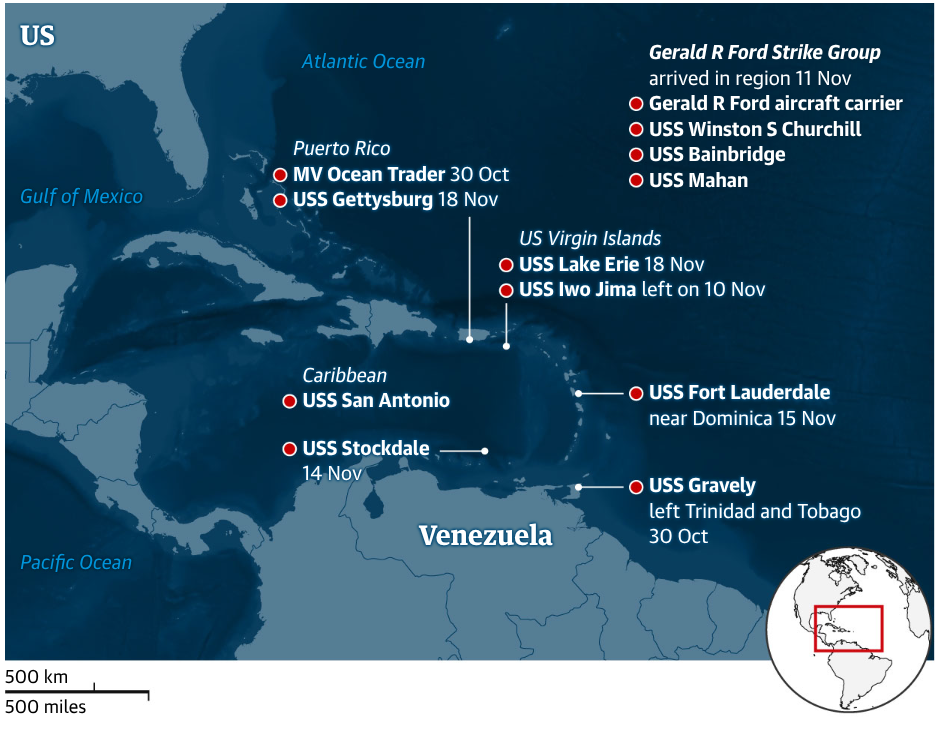
Living near the coast
Although the current arsenal and proximity would allow the US to conduct air and missile strikes anywhere in Venezuela, any ground approach would also risk affecting much of the country’s population, which lives along the northern coast or immediately inland – including the capital, Caracas, home to about 3 million people and only nine miles from the sea.
Most of Venezuela’s population resides along the northern coast

